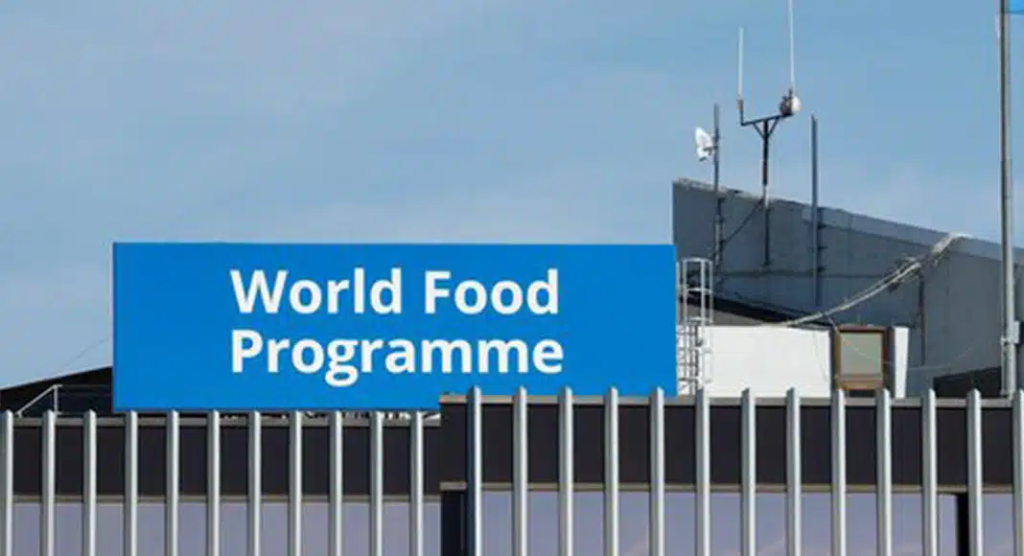A bulletin obtained by The Reporter reveals that Ethiopian authorities are hoping to borrow close to USD 3.5 billion from the IMF as well as a similar figure from the World Bank.
“There are ongoing negotiations between the IMF and the Ethiopian authorities to borrow about USD 3.5 billion and a similar amount from the World Bank,” reads a Market Watch bulletin dubbed ‘Currency Exchange Rate and Food Security in Ethiopia’ published by the World Food Program last month.
The document also posits that the federal government’s recent decision to open up the import, export, wholesale, and retail businesses to foreigners could be a part of the arrangements with the IMF and WB.
“The issuance of this directive may be a step taken by the Ethiopian government to open up the economy to obtain loans from international financial institutions. This measure is considered as a way to ease to secure foreign exchange,” it reads.
According to the document, the National Bank of Ethiopia (NBE) “intends to achieve an exchange rate that avoids major or protracted disparities in the parallel market and raise the currency reserve from the current 0.7 months to 1 month towards the end of the current fiscal year and to 2 months in June 2025.”
Ethiopia has been negotiating with the IMF and bilateral creditors in a bid to restructure its existing external debt stock as well as secure fresh disbursements.
One of the alternatives to boosting the forex reserve and achieving the target is devaluing the Birr or floating the forex regime.
“Devaluing the Birr may be part of the strategy to achieve these targets, and this may have implications on the food security of vulnerable people,” states the WFP document.
It notes that the IMF, WB, and other experts are in favor of devaluation.
“On the other hand, other experts, including the World Bank and IMF, contend that the Ethiopian economy is suffering from an overvalued exchange rate and attribute the inflation to factors other than devaluation such as instability and the surge in the prices of commodities in the global market,” it reads.
The WFP cautions that devaluation could fuel further inflation and pile on pressure on low-income segments of the population. It foresees that devaluation will exacerbate the already high prices of imported fuel, fertilizer, and agricultural inputs, which will in turn offset food production costs.
“As the increased cost passes to the consumers, poor households will be disproportionately affected, and the food security status of more households will be jeopardized,” reads the document.
The official exchange rate sits at less than 57 birr to one USD, while parallel market rates have climbed to around 116 birr to a dollar. This suggests that the parallel market premium— which is calculated as the ratio of the parallel market rate to the official rate less one—has increased to a new high.
The difference between the official and parallel markets, which was approximately 17 percent in January 2020 and 47 percent in January 2022, has jumped to 105 percent as of March 2024. Since January 2019, when the NBE began implementing a creeping devaluation, the Birr’s value has fallen by 75 percent in the official market and 155 percent in the parallel market.
The Birr has lost five percent of its value on the official market over the last year, and 16 percent on the parallel market as of March.
Because of the sustained and widening divergence of the exchange rate gap between the official and the parallel markets, remittances are increasingly diverting from official to parallel market channels. Foreign currency is also siphoned via illegal money transfers, an unofficial money transfer route that works outside of the banking system. Ethiopians in the diaspora transmit foreign currency to intermediaries, who pay beneficiaries in local currency at the parallel market rate, according to the report.
Several economic and political challenges facing the country, including inflation, unrest, reduced foreign direct investment (FDI), and continued reduction of export earnings, have all contributed to the Birr’s ongoing depreciation versus major currency baskets.
As the gap between the official and parallel markets exchange rates continues to be significant and sustained, price levels in the economy often reflect the parallel market exchange rate. The continued depreciation of Birr against the US dollar in the parallel market pushes up the prices of imported goods (including food) and often leads to higher inflation rates while contributing to the erosion in household purchasing power.
Several traders also rely on the parallel market to access foreign currency to import goods and services as getting foreign currency from the legal channel is increasingly difficult. This is particularly true in the Somali region, where a significant proportion of food is imported via informal routes making use of forex obtained from the parallel market.



i can
i prove
I can